Major Events
World War I
At the beginning of the decade, the United States was largely isolationist, but World War I (called The Great War prior to World War II) pulled the country into international conflicts and changed American society. World War I began in 1914 with the assassination of Archduke Franz Ferdinand of Austria. This incident, combined with pre-existing international tensions and a series of treaties between different nations which promised military support between allies in times of war, caused a chain reaction which eventually drew countries around the world into the conflict. Because of their original position of non-involvement, the United States did not send troops until 1917.
People at home were able to stay up-to-date on the latest war news through newsreels at local theaters. All film footage from this time was black-and-white and silent. Intertitles had to provide the text necessary to understand the action in the film footage. People also appear to move unnaturally fast in film footage from this time because of the film's frame rate. However, thanks to modern technology, some people have worked to restore old film footage, adjusting the speed to show more natural movement and sometimes adding color and ambient sound to help people see the world as people who lived during this time would have seen it. This video trailer shows restored footage used for the documentary They Shall Not Grow Old, which features colorized footage with added sound to give people the sense of what World War I would have looked like to people who were actually there. Some war footage may be disturbing to viewers because of the injuries and dead bodies shown. This interview with filmmaker Peter Jackson explains how they restored the original footage and colorized it and how they added the sound and used lip readers to determine what people in the footage were saying. This documentary was very well-done, and I'd like to refer to a few other clips from it to demonstrate other important concepts about the war.

At first, some of the young men (many of them actually teenagers at the time, although people didn't use the term "teenager" back then - it was usually "young men" and "young women" or "young people") were excited about going away to war. They enjoyed the comeraderie of their fellow soldiers, and parts of it seemed almost like an extended camping trip with friends (something mentioned in the interview with Peter Jackson above). However, when the battles began, there was the very real risk of death. Many of these young men would not come home from the war, and those who did often came home with injuries and stories of friends they had lost in battle.
Three of the distinguishing features of World War I battles were trenches, chemical gases, and the first use of airplanes in warfare. Armies dug trenches to provide the troops with safe cover from the opposing armies, but when the battles started, the troops would have to charge over the tops of the trenches and were exposed to enemy fire. Neither side wanted to be the first to leave their trenches for fear of being shot by enemies from the safety of their own trenches. For this reason, many battles turned into waiting games and stalemates, with each side afraid to move. This excerpt from They Shall Not Grow Old, explains what World War I battles were actually like (like other war footage, it also contains disturbing images of dead and injured soldiers). Chemical weapons were also a new concept in warfare. The Germans started using chlorine gas as a weapon in 1915. It kills people in a similar manner to the way smoke inhalation can kill people who are caught in a house fire. The Germans also invented mustard gas and began using it in 1917. Gas masks proved to be inadequate defenses against mustard gas because the mustard gas could penetrate the masks and could also burn any exposed skin (How Mustard Gas Works). Even people who survived chemical attacks were left with permanent injuries from the experience.
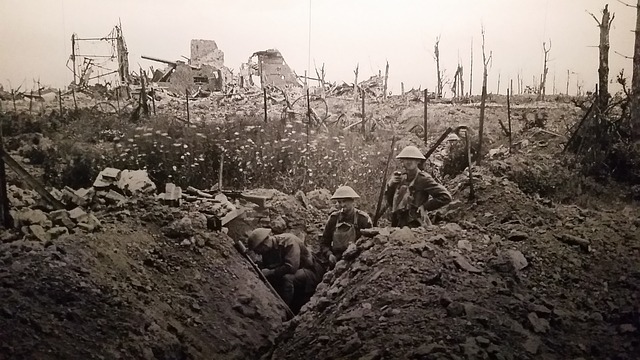
Airplanes were still a fairly new invention from the previous decade. They were used during World War I, but they were not yet a common mode of transportation for ordinary people. When people traveled great distances, they were more likely to take a train over land or travel by ship over oceans. The parachute was an invention of the 1910s. This video from the BBC explains what World War I airplanes were like and how they evolved during the course of the war. "Flying Aces" on both sides of the war became famous for their daring, the skill, and their kill records. (Later, Peanuts cartoons by Charles Schultz made fun of these legendary pilots during Snoopy's fantasies of flying his doghouse as he did battle with the Red Baron. Part of the joke is that an air battle between two airplanes is called a "dogfight." Ha, ha.) This page from the BBC explains more about the effects of new technology the war, including airplanes, tanks, photographic techniques, and telephones and wireless radio.
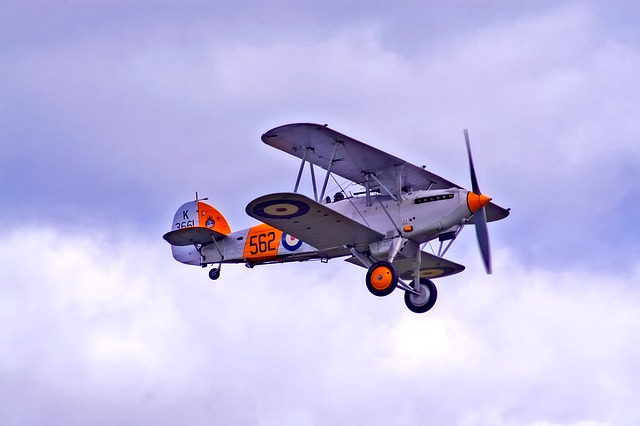
This video of colorized footage from World War I, also from They Shall Not Grow Old, discusses the opinions that British troops had toward Germans toward the end of the war (Warning: Contains images of injured soldiers and dead bodies. If you just want to hear the voice-overs, you can scroll further down the screen into the comments section to avoid seeing dead bodies while you listen. I did that myself because I couldn't take it, and I'm not too proud to admit it). Surprisingly, the common foot soldiers of both armies discovered that they felt a kind of kinship with each other when they met in person, such as when German soldiers were captured. Many of them were very young men who were frightened much of time. Through the traumas of the war, they were all at the mercy of commands from higher-ranking officers, whom they were expected to obey, and faced the same risks of death and losing friends. In the end, they were all sick of the war and just wanted to get the job done and go home.
The war officially ended on November 11, 1918. Afterward, November 11 became known as Remembrance Day or Armistice Day, depending on location. It was called Veteran's Day in the United States after 1954. Early observations of this holiday were solemn occasions. One of the earliest traditions for this holiday was to stop everything and observe a moment of silence for the people who had died. Later, in 1920s Britain, people began holding victory balls, which were fancy dress balls that were held to raise money for charities. Some people thought that the party atmosphere was unseemly for a solemn day of remembrance, but others said that it was a fitting celebration of life. The victory balls became less popular in the late 1920s.
One of the enduring symbols of the war was the red poppy. The significance of the poppies comes from the poem In Flanders Fields by John McCrae, which was written as a tribute to soldiers who had died during the war. In the poem, the poppies grow between the markers for the dead soldiers. Flanders is an area of Belgium. McCrae wrote the poem while he was stationed there himself as a surgeon with the First Brigade of the Canadian Field Artillery, noting the poppies that grew around the graves of some of his comrades. Sadly, McCrae himself died of pneumonia and meningitis before the end of the war.
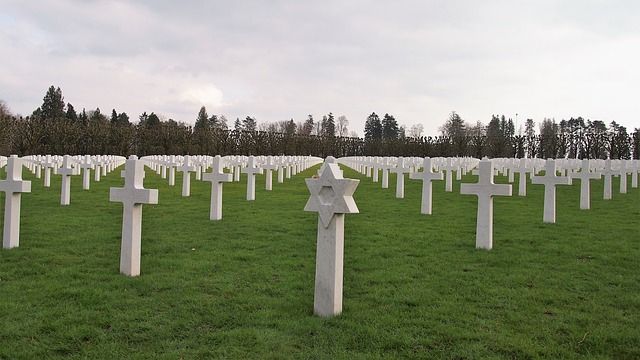
Daily Life During The 1910s
At the beginning of the decade, there were 46 states in the United States. In 1912, two more states, which had been "territories" up to this point, became states: New Mexico and Arizona. American flags were updated to contain 48 stars to reflect the new number of states. The 48-star flag would continue to be used until Alaska and Hawaii became states in 1959.

Society was much less urban in the 1910s than in modern times, although it was becoming more urban than it was before. About half of all American families lived in small towns and rural areas in 1915. Very few people lived alone, partly because of the high cost of living. It was very common for unmarried adults to live with their parents, and widowed people often moved in with grown children. More people were renting homes than buying them. Women usually gave birth at home instead of a hospital, and infant mortality was much higher than in modern times. About 10% of all infants did not survive their first year (America in 1915).
In 1918, overall life expectancy statistics took a startling plunge as millions of people succumbed to the Influenza Epidemic. This was an pandemic (an epidemic that affected the entire world), affecting people not only in big cities but small towns and even some fairly remote places. Young adults were among the people most affected by the influenza, which was unusual because they are normally the most resistant age group for infectious diseases (Wikipedia: Spanish flu). The reason for the high mortality rate among otherwise healthy young people was because their immune systems overreacted to the disease, causing damage to the tissues of their lungs. The disease spread in waves over the course of 15 months. Concerned about demoralizing the nation during a time of war, American doctors tried to hide the severity of the disease from the general public. However, people couldn't help but notice how many people were falling ill and how many of them were dying (How the Horrific 1918 Flu Spread Across America). More people died from this influenza than were killed in the entire duration of World War I. The deadliest month was October 1918. During the worst part of the epidemic, so many people were ill that whole communities shut down. When healthcare workers became ill, they could no longer tend to patients. In some areas, there were so many deaths that people were buried in mass graves (Wikipedia: Spanish flu). People became afraid to visit the sick or even leave their homes (How the Horrific 1918 Flu Spread Across America). Many people around the world started wearing facial masks in public to try to protect themselves from the disease.
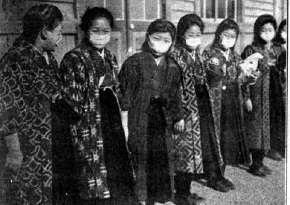

Schoolgirls in Tokyo, Japan and Men in Alberta, Canada wearing masks during the flu epidemic, From Wikipedia
This influenza was called the Spanish Flu because Spain was the first country to report cases in the newspapers, although that was not where the disease actually started (Why Was the 1918 Influenza Pandemic Called the ‘Spanish Flu’?). The exact source of the disease has not been determined, although there are some likely theories. One of the possibilities is that it originated from a mutation of an animal flu that infected soldiers in Europe during World War I. There were some apparent cases among soldiers even before it seemed to affect most of the rest of the world's population, and it would help to explain how it spread around the world so quickly. It is possible that, with soldiers from so many different countries in Europe for the war, some of them may have carried the disease back to their home countries. Even if the flu originated elsewhere, it is still possible that the mass movements of people between countries during the war helped to spread the disease farther and faster than it otherwise would have gone. Other possible origin points include Kansas in the United States and China because these places were among the first that were known to be affected. However, partly because some of the earliest cases were the least severe and not all instances may have been recorded, it is difficult to say for certain where the very first cases occurred (Wikipedia: Spanish flu). Before the disease eventually ceased to spread, one of its victims may have been President Woodrow Wilson, who seemed to become ill while attending the Versailles Peace Conference. During the Conference, President Wilson suddenly collapsed. He had a fever of 103 degrees, diarrhea, and coughing - all symptoms of influenza. He also seemed to be suffering mental confusion as part of his illness. His illness may have contributed to Wilson abandoning some of his objections to the peace treaty being negotiated at the end of the war, which would ultimately prove to be the wrong decision and would set the stage for the beginning of World War II (How the Horrific 1918 Flu Spread Across America)

From Wikipedia (Public domain)
Some people were buying cars in the 1910s, but most people didn't own one yet (America in 1915). Horses and horse-drawn carts and carriages were still major methods of transportation. If you look at this film footage of 1911 New York City, you'll see cars and carriages sharing the road together. It also shows public trolleys and trains. These were primary methods of getting around cities in the 1910s, although the smaller towns would have relied more on horses and just walking than the other transportation methods. The film footage also shows people arriving in New York by ship.

Airplanes were still a fairly new invention from the previous decade, and parachutes were an invention of the 1910s. Airplanes were used as weapons of war during World War I. Some people were experimenting with the idea of passenger planes, but they were not yet a common mode of transportation for ordinary people. When ordinary people traveled great distances, they were more likely to take a train over land or travel by ship over oceans. Another notable event from this decade was the sinking of the RMS Titanic in 1912. This sea disaster helped to change safety regulations for passenger ships.
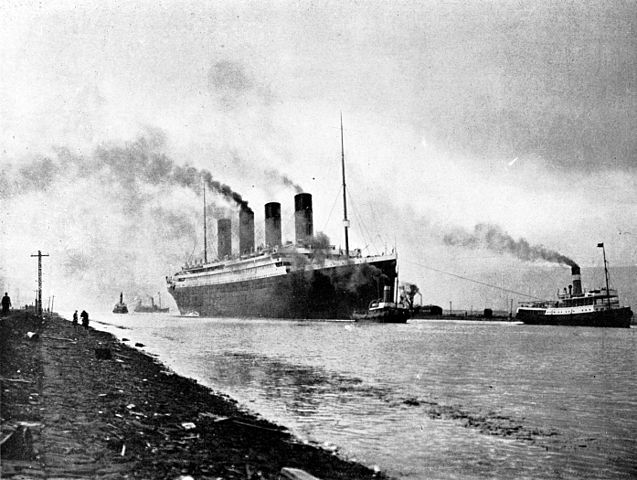
From Wikipedia (Considered public domain in the US)
Women
Describes the lives of women and women's social issues.
Children
Describes the lives of children, their education, and children's books.
Food
Describes things people ate during the 1910s and new foods and recipes that developed during this time.
Entertainment
Describes popular forms of entertainment, including music, movies, and books for adults.
Resources
Clothing Documentaries
Getting Dressed in WW1 - British Soldier
A video demonstration of the clothes that a World War I British soldier would wear.
Getting Dressed in WW1 - VAD Nurse
A video demonstration of the clothes that a World War I volunteer nurse would wear.
Getting Dressed in 1910s London - Working Class Suffragette
A video demonstration of the clothes that an English kitchen maid who was also a suffragette would wear.
Getting Dressed in WW1 - Young Woman
A video demonstration of the clothes that an average young woman would wear.
Clothing Websites
1900 -1910s Edwardian Fashion, Clothing and Costumes
This is a collection of articles that explain clothing fashions during the 1910s. There are also suggestions of where to buy similar types of outfits today.
20th Century Fashion History: 1910 – 1920
This is an article that explains changes in society and women's fashions during the 1910s.
The Classy Rise of the Trench Coat
Trench coats existed before WWI, but their designs were refined and popularized because of the war.
A blog about different periods of vintage clothing. Also contains articles specific to the 1910s, such as Body Ideals and Corsetry, 1913-1921 and A Fortnight in 1916, where the author spent a fortnight trying to live as a woman would in 1916. The second article also contain information about aspects of life in 1916 other than clothes, such as food. The author lives in New Zealand, so she has a focus on life in New Zealand.
Wikipedia: 1910s in Western Fashion
This is a Wikipedia article that explains fashions during the 1910s.
Women's Fashion During WWI: 1914–1920
This is an article about how World War I changed the styles of clothing that people wore.